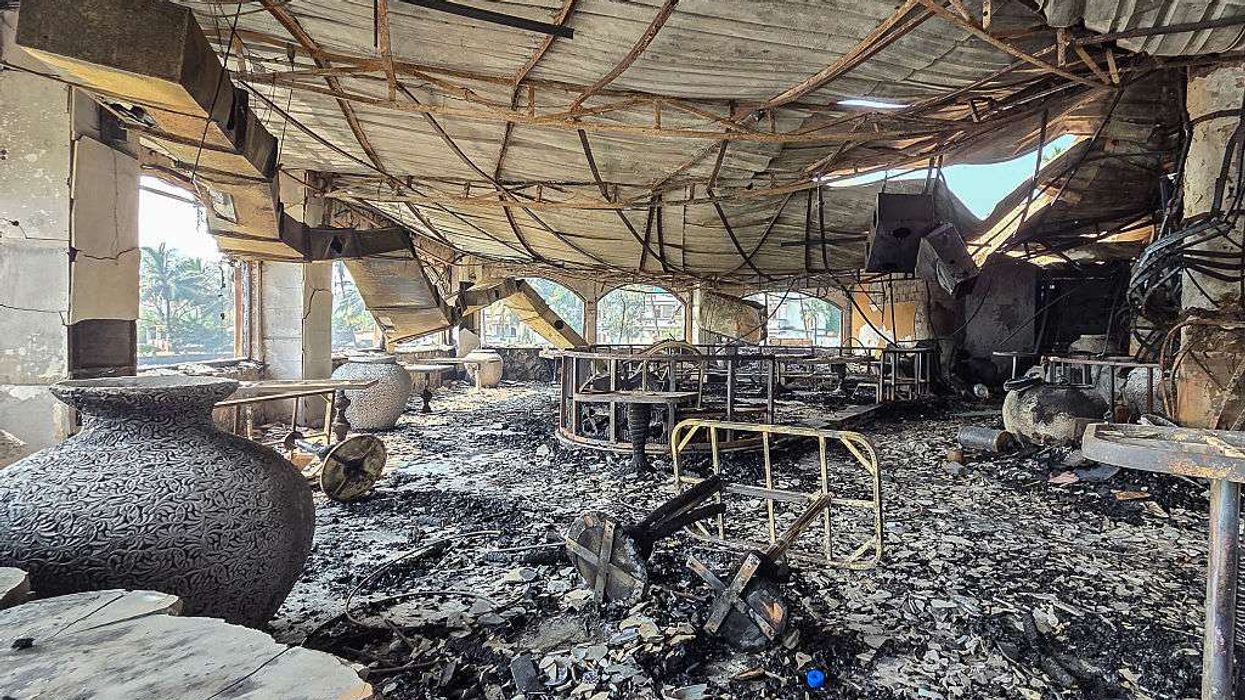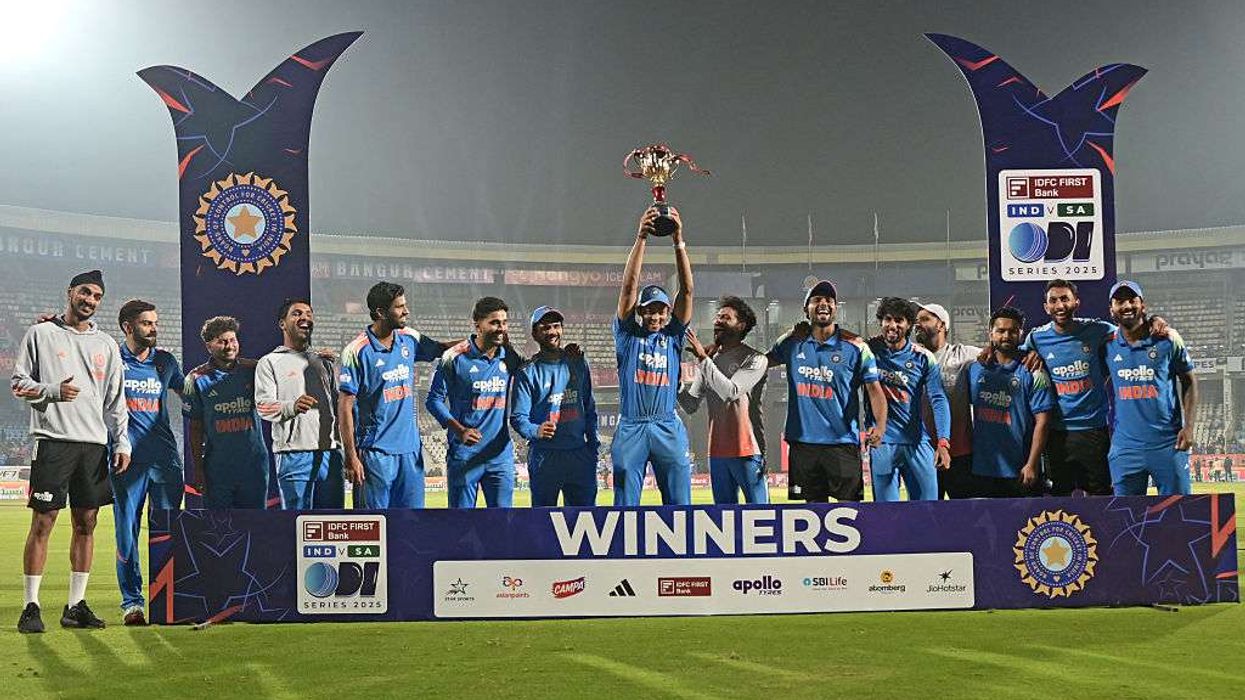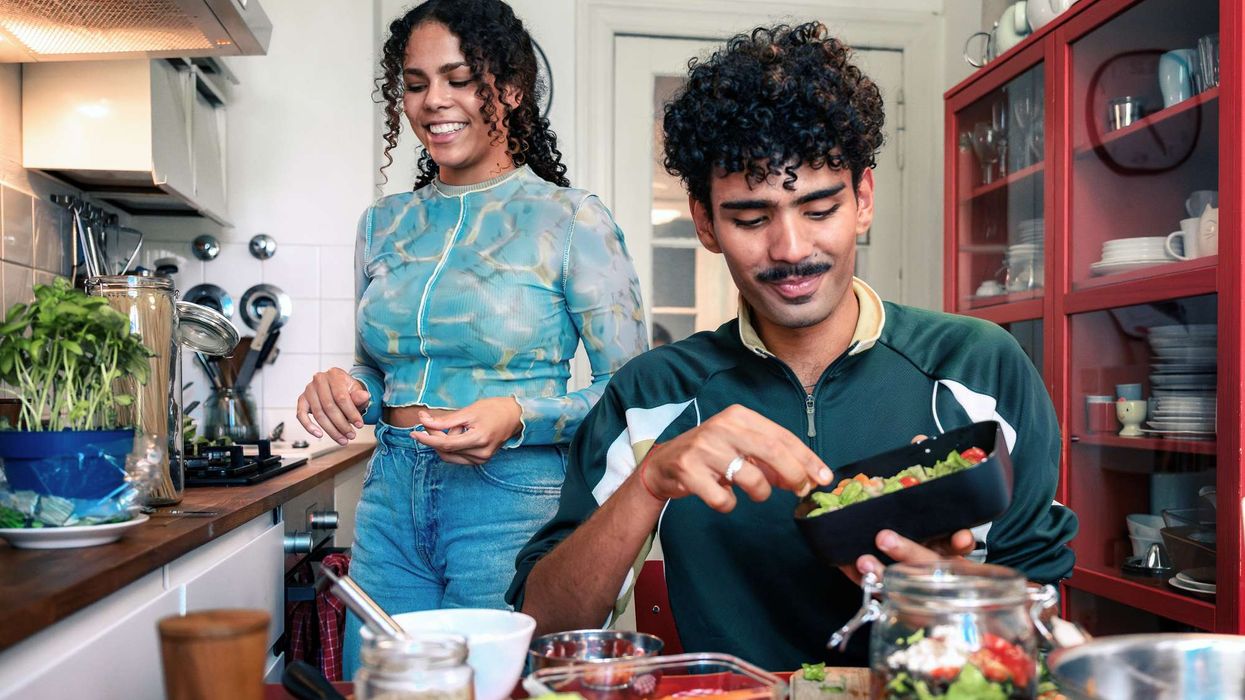GROWING up in a family that owned a spice shop, Vina Patel learnt from a young age the transformative effect spices have and she has shared these in her new book, The Spice Collector’s Cookbook.
It features 80 original recipes from around the world, perfected by Patel who adds her native Indian “flavour, flair and perfectionism”.
She hopes the cookbook will help people break out of their usual cooking habits and introduce them to new flavours and ideas.
Patel told Eastern Eye the inspiration for The Spice Collector’s Cookbook came from the experiencing of raising her children in California. “Growing up in the US, my children developed a taste for diverse cuisines, prompting me to step out of my comfort zone. It became essential to keep meal times varied, because we wanted to enjoy more home-cooked meals,” she said.
“We loved Indian food, but after several days, we would feel bored. To break the monotony, we would switch to Italian, then Mexican, and finally Thai food. Sometimes, all the kids and my husband would argue over which cuisine to prepare. To settle the endless debate, I would make one favourite dish for each person.
“While I may be an exception, as I love preparing meals my family enjoys, I think this dynamic is common in many families who crave variety after a few days of the same cuisine. Hence, I thought, why not create one book instead of buying four different ones?”
Her exploration of dishes led Patel to travel around the world to discover the best cuisines of each country. She revealed her favourite destination aside from India is Italy.
“Each region (in Italy) boasts unique cuisines with distinct flavours and ingredients that go beyond marinara sauce and pizza,” she said. “We appreciate Italy for its rich culture and history, particularly the charming cobblestone alleyways that bring me immense joy to explore.”
The Spice Collector’s Cookbook has recipes from Italy, India, Thailand, and Mexico, along with salads from around the world. One common factor in the recipes is how spices bring them to life.
“I have a deep love for spices; they have been an integral part of my life. Spices are essential for enhancing the flavours, adding depth and character that can transform a meal,” said Patel.
She’s also an advocate of the medicinal benefits of spices, saying: “In south Asia, we grow up surrounded by spices, many of which are very healthy.
The cover of Patel's book“For example, turmeric powder is renowned for its healing properties, while fenugreek seeds are commonly used in India to help manage diabetes. This bittersweet remedy aids in controlling blood glucose levels. Almost every spice can be traced back to medicinal uses.”
The Spice Collector’s Cookbook is a follow-up Patel’s first cook book, From Gujarat, With Love, which contained 100 easy-to-make vegetarian recipes from the region.
Patel revealed writing the book came from something her daughter said after she enjoyed some homecooked food with her friends.
“My daughter said ‘mum, why don’t you write a Gujarati cookbook to preserve our generation of recipes? That way, they can cook in your absence’,” said Patel. “I fell in love with the idea and created From Gujarat With Love.”
Patel was born and raised in Gujarat, where she did a degree in accounting before moving to the US in 1989.
Her love of spices was developed at a young age, thanks to her grandparents who owned a spice shop. Her grandmother was a particularly inspirational figure for the young Patel.
“My town was built around a narrow-gauge railway station that served as a hub for 80 villages and towns to buy and trade goods,” she said.
“My grandmother was very involved in the shop, which was quite rare for women at that time. She would prepare a fresh batch of Handvo (a savoury vegetable cake) for customers to sample.
“Customers would try it and often ask how she made it, and she would proudly explain the preparation process and show them the spices used.
“She was a clever woman who helped the business thrive by implementing a marketing strategy a hundred years ago: giving away samples to boost sales. This technique is commonly used by many grocery stores today.”
Her father went on to grow the business after he opened a food processing factory that produced pulses and besan (chickpea flour).
With a testing restaurant across from his factory, distributing these products across Gujarat, he established a grain manufacturing empire that expanded all the way to Vadodara, Surat, and Amritsar in Punjab.
“Coming from a family of spice and grain merchants, I was exposed to various spices during my childhood. The sounds and smells of spices have been a part of my life for as long as I can remember – they are deeply rooted in my DNA,” she said.
Patel’s hope is that both her books help more people get into cooking; she said she was a complete novice until she moved to the US.
“As the youngest of five children, I never got involved in cooking, but kept a keen eye on the kitchen, where my grandmother, mother, older sisters, and sisters-in-law would prepare three meals a day for our large extended family,” she said.
“I came to the US with very limited cooking skills – barely knowing how to boil water. My foodie husband and, shortly afterward, a newborn presented a turning point in my life.”
Patel revealed she was “horrified” to see supermarket shelves full with jars of processed baby foods.
“I wanted to ensure that I fed my growing family nutritious, homecooked meals, as I do not believe in processed food,” she said.
As well as raising her three children who are now young adults, Patel did a degree in finance and worked for two start-up companies. However, she said her real passion has always been perfecting recipes and she is now excited to share these recipes with the world.
“I’m writing my third book and plan to write more books, travel, and discover the world’s best recipes to encourage more people to enjoy homecooked meals.”






 Mareyah Bhatti , a sustainability strategist and passionate home cookMareyah Bhatti
Mareyah Bhatti , a sustainability strategist and passionate home cookMareyah Bhatti






